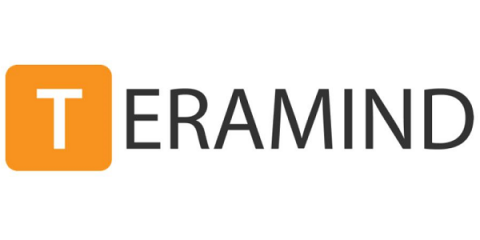8 strategies that can help optimize remote team structure
With the surge in remote work trends, businesses are increasingly reevaluating their remote team structure to ensure optimal performance and productivity in virtual environments. While remote work offers flexibility and convenience, it also presents unique challenges that require thoughtful planning and adaptation. To thrive in this new era of work, organizations must prioritize optimizing their team structures for remote success. Here are eight strategies to achieve just that.







